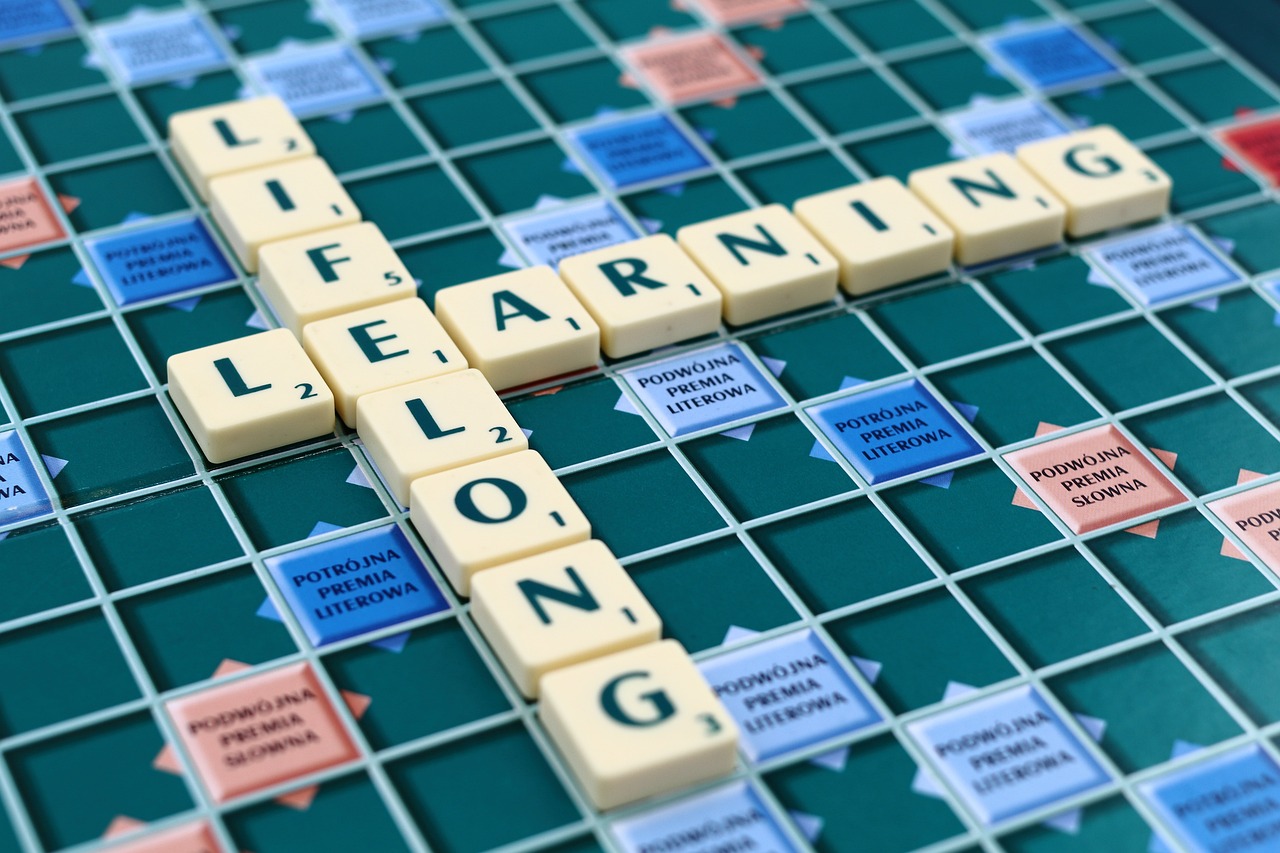The Impact of COVID-19 on Education: Lessons and Transformations
Educators around the world have encountered numerous obstacles in adjusting to the new normal brought about by the pandemic. The abrupt shift to remote teaching required quick adaptation to digital platforms and technologies, often without adequate training or preparation. This sudden change disrupted the usual flow of classroom dynamics and lesson delivery, forcing educators to rethink their teaching methods and content to suit online formats.
Beyond the technical challenges, educators have also had to navigate the complex emotional and social dynamics of remote learning. Maintaining student engagement and motivation in a virtual setting proved to be a significant hurdle, as the lack of face-to-face interaction made it harder to establish connections and provide individualized support. Additionally, the blurred boundaries between work and personal life in a remote teaching environment have taken a toll on educators’ mental health and well-being, further exacerbating the challenges they face during these unprecedented times.
Educators had to quickly adapt to digital platforms and technologies without adequate training
Disruption of usual classroom dynamics and lesson delivery
Rethinking teaching methods and content for online formats
Maintaining student engagement and motivation in a virtual setting was challenging
Lack of face-to-face interaction made it harder to establish connections and provide support
Blurred boundaries between work and personal life affecting mental health
Shift to online learning and virtual classrooms
The shift to online learning and virtual classrooms has heralded a new era in education delivery. With the sudden onset of the pandemic, educational institutions worldwide were compelled to adapt swiftly to this digital transformation. This adjustment posed significant challenges for both educators and students alike.
Educators had to quickly learn how to navigate through various online platforms, develop engaging virtual teaching strategies, and find creative ways to maintain student engagement remotely. The transition was not without its hurdles, as many educators struggled with technological issues, lack of training, and concerns about equity in learning opportunities. As virtual classrooms became the new norm, educators had to continuously innovate and evolve their teaching methods to ensure that students received a quality education despite the limitations of remote learning.
Disparities in access to technology and internet
Amidst the shift to online learning necessitated by the pandemic, disparities in access to technology and internet have been brought to the forefront. Students from diverse socio-economic backgrounds have faced unequal access to essential tools for remote education, exacerbating existing educational inequalities. This digital divide has resulted in some students struggling to keep up with their peers, creating significant challenges for both students and educators.
The lack of access to technology and reliable internet has not only impacted students’ ability to participate in virtual classrooms but has also hindered their overall academic performance. Without the necessary resources, students may find themselves excluded from important learning opportunities and support systems, widening the gap in educational outcomes. As educators strive to navigate these disparities and provide equal opportunities for all students, addressing these access issues must be a top priority in ensuring educational equity during these challenging times.
What challenges did educators face during the pandemic in relation to technology?
Educators faced challenges such as lack of access to technology, limited resources for online teaching, and difficulties in engaging students virtually.
How did the shift to online learning and virtual classrooms exacerbate disparities in access to technology?
The shift to online learning highlighted disparities in access to technology among students, with some lacking reliable internet connection, devices, or technical skills needed for virtual learning.
What are some of the consequences of disparities in access to technology and internet?
Consequences of disparities in access to technology and internet include widening achievement gaps, limited educational opportunities for marginalized groups, and increased digital divide.
How can educators address disparities in access to technology and internet?
Educators can address disparities by providing resources such as loaner devices, internet hotspots, and technical support to students in need. Collaboration with community organizations and advocating for policy changes can also help bridge the gap.







